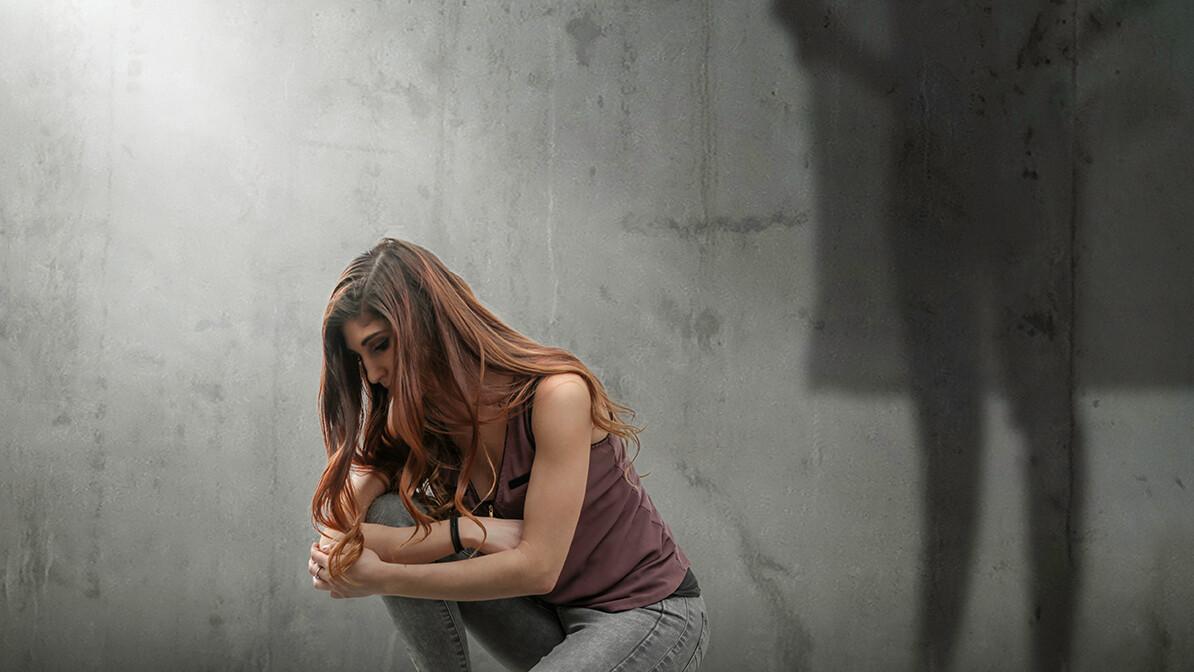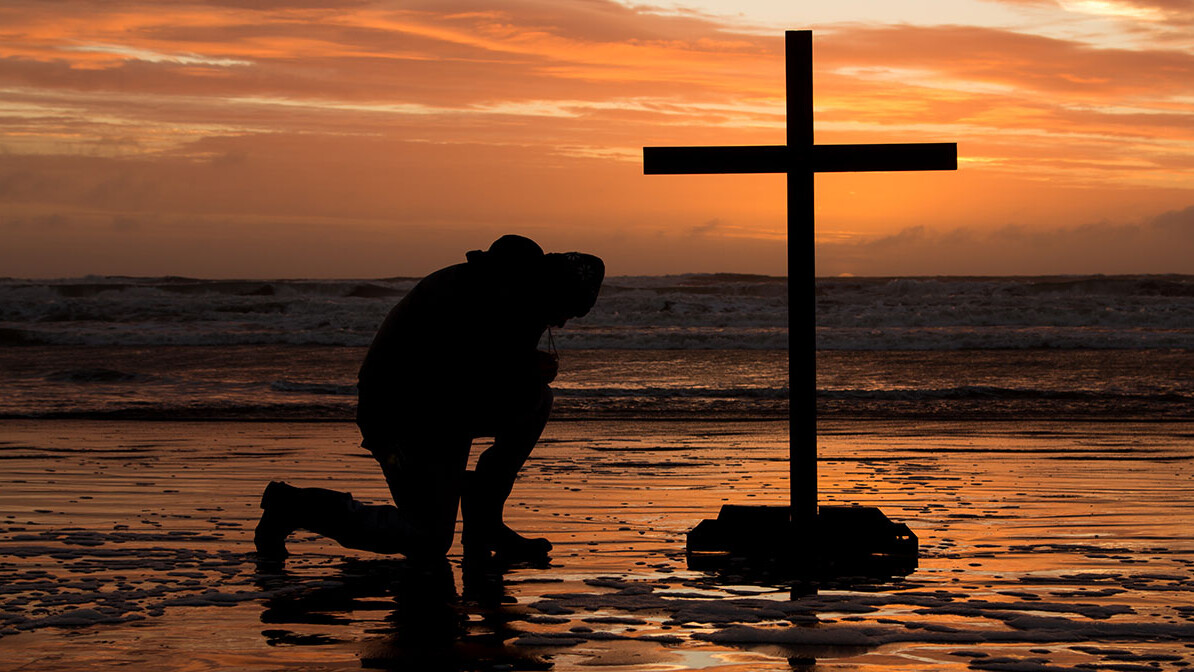- Home
- Spiritual Life
- Nicole Zasowski and Going From Lost to Found (Part 1)

Nicole Zasowski and Going From Lost to Found (Part 1)
 John Farrell: What was your inspiration for writing From Lost to Found?
John Farrell: What was your inspiration for writing From Lost to Found?
Nicole Zasowski: That’s a great question. From Lost to Found … I describe it as me discovering for myself what I had known to be true for my clients, but it wasn’t until I confronted my own season of pain and loss that my hands were pried open to receiving what God had for me. Then I discovered the freedom and the joy in that place, even though my life circumstances were not necessarily joyful.
Once I discovered that inner peace and joy, it was hard to stay quiet about it. I started talking about it and realized the details of people’s stories might be different than mine. There’s this theme that is true for all of us that when our fingers are pried off of those things we want, we find that our hands are open to receiving what we actually need.
The Thorn in Our Stories
JF: What is the overall message you hope readers take from your book and why is that message so important in today’s world?
Nicole: There’s a couple. One of them is on the far side of pain we don’t prefer; we find transformation we would not trade.
This might be a little bit of a deviation, but I think of that passage where Paul talks about the thorn in his flesh and how he genuinely prayed three times for it to be removed because it was unpleasant, it hurt. We don’t get much insight into what that thorn was for him, but I’m grateful because I think we all have a thorn, and we can all think of what that is. At the end of that passage, he says, “I’m still not grateful for it. It hurts. It’s unpleasant, but it’s the thing that keeps me tethered to the hope of Christ.”
That’s certainly been true for me, and what I want readers to be able to do is to look at their own story and the places they’ve been left empty-handed, to be able to identify those thorns in their flesh and their story, and to say, “How is this thorn inviting me to see the redemption in what feels ruined and to see God’s hope being weaved through a story that I wouldn’t have been brave enough to choose for myself?” That would be the other theme. Sometimes the greatest joy is found when we are drained of all misplaced hope and shallow identities. Sometimes it takes a story like the one on the pages of From Lost to Found, at least for me, to realize that.
I think it’s important because no matter what people’s stories have looked like up to this point, 2020 forced us to confront things we cannot change. No amount of control or performance or perfectionism is going to make certain things about 2020 different. And when we confront things we can’t change, there’s an opportunity for it to change us.
JF: What did you learn about yourself from writing From Lost to Found? You previously talked about the pains that you were going through. What worries or fears did you have while writing this book? Was there a particular chapter or section that those fears and pains made it more difficult to put down on paper?
Nicole: I love that question. I think my biggest fear and one of the reasons that I ended the book where I did is that, practically speaking, I have two young boys now, but the book ends prior to me getting pregnant at all. Though, as far as the reader knows, unless they’re really familiar with my Instagram account or something like that, I end it before I have children. That was for two reasons.
One, the story was finished. I had to personally get there before I could really believe the message that I hoped to convey. I had the opportunity to introduce my first son in writing the book and I chose not to because I didn’t want to confuse the message that no matter how wonderful the gift is our hope is not in the gift we long for but in the giver Himself. Those gifts are not bad to long for. They’re good things in our lives—a child, a relationship, healing in a certain area. Those are all great things and not wrong at all. But even those things cannot capture the hope and glory that our Father, the Giver can. I really wanted that message to be loud and clear.
I think one of my fears in writing it was that I’m pretty vulnerable. I was okay sharing all the stories in the book, but I didn’t at any point want the reader, or myself, to think that this was all okay because it turned out okay.
God’s Role in Her Story
JF: What role did Christ play in your own struggles that helped you get to this point where you’re able to help others going through some of the same things that you went through in your own life?
Nicole: In the midst of that story, Christ played so many roles. I think the first layer was understanding that I played out with God what I played out with other people, and I had such a performance mindset. “If I can just win God’s approval, He’ll be pleased, and my life will go okay.”
I totally applied that to God even though I knew better. It was how I operated in my relationship with Him. So, I think the first layer of just coming to Him as I am, vulnerable, with my questions, with my confusion, with my hurt, that His timing didn’t look like mine. To be able to be honest about that was really freeing for me and allowed me to invite God into the feelings I had instead of having to have the perfect feelings for God.
I also, in that process, used to look at God like the power source to my own plans. With my relationship with Him and through this story, I was given a totally different kind of relationship with God and an understanding of who He is, and really began to understand that peace and joy comes through walking every season with Christ and not just the seasons that turn out the way we envision.
JF: Of all the advice and topics you discuss in the book, which one do you believe is the most important for readers to hear or read? On the flip side, which one do you think is the one that most people tend to struggle with?
Nicole: I really feel like the most important message is, “The greatest joy is found when we are drained of all misplaced hope and shallow identities.” I feel if the reader can do nothing but walk away with that, the book did what it was supposed to do or did what I prayed it would.
The most challenging for me, still, is the idea that prayer and hope don’t always lead us to a different answer, but it does lead us to the person and presence of Jesus Christ and trusting that that’s enough even if the story never looks how we would have written it.
JF: How does one best identify those defenses that sometimes fail them and what can they do to combat them?
Nicole: It’s a big question. Identifying the defenses—usually you might feel a feeling first, so you might be able to observe what you do when you’re feeling inadequate or not good enough or unsafe and insecure and then how you are trying to protect yourself from that. This is based on the model of therapy that I use called “restoration therapy.” The four main defenses are blame, shame, control, and escape. Some of us use multiple ones and some mainly just one, but just observing yourself in moments where you feel pain and seeing what you’re doing or what you’re tempted to do and starting to call those out.
Combating them really looks like targeting the feeling that’s driving them. So, it’s hard to lay down your shield if you still believe that your identity and safety is threatened. Being able to speak truth to those feelings, those lies about your identity or sense of safety, allows you to trust that it’s okay to lay down the shield and do something different.
…
Order your copy of From Lost to Found: Giving Up What You Think You Want for What Will Set You Free by Nicole Zasowski
Trending Now
Sign up today for your Inspiration Today Daily Newsletter
Supercharge your faith and ignite your spirit. Find hope in God’s word. Receive your Inspiration Today newsletter now!
John Farrell
John Farrell serves as the Digital Content Manager at Inspiration Ministries, where he oversees the planning, organization, and management of website content to support the ministry's global digital outreach. With a strong background in writing and editorial strategy, John ensures that the articles, devotionals, and discipleship resources on Inspiration.org are accurate, engaging, and aligned with the ministry's mission.
John has authored more than 1,000 articles, press releases, and features for Inspiration Ministries, NASCAR, Lionel, and Speed Digital. His versatility as a writer is also showcased in his 2012 book, The Official NASCAR Trivia Book: With 1,001 Facts and Questions to Test Your Racing Knowledge.
A graduate of Appalachian State University, John brings excellence and attention to detail to the digital experience at Inspiration Ministries. He lives in Concord, N.C., with his wife and two sons.
Related Articles
December 28, 2025
3 Steps to Becoming a Hero of Faith
The Bible tells the stories of dozens of people who seemed unlikely to ever do anything great. Many…
December 27, 2025
Praying God’s Word
Praying God’s Word is more than a spiritual exercise—it is a transformative practice that deepens…
December 26, 2025
Good Without God? Why Being Nice Won’t Get You Into Heaven
Can someone be good without God—and is goodness enough to get us into Heaven? Our culture loves the…
December 19, 2025
Reacting to Change
Reacting to change can feel overwhelming when life shifts faster than we can adjust, leaving us…
Next Steps To Strengthen Your Walk
Inspiration Today Newsletter
Supercharge your faith and ignite your spirit. Find hope in God’s word. Receive your Inspiration Today newsletter now!
Christian Articles
Find articles to strengthen your walk and grow your faith. We have a wide range of topics and authors for you.
Submit A Prayer Request
We are here for you. Simply click on the button below to reach us by form, email or phone. Together we will lift our hearts and voices with you in prayer.





